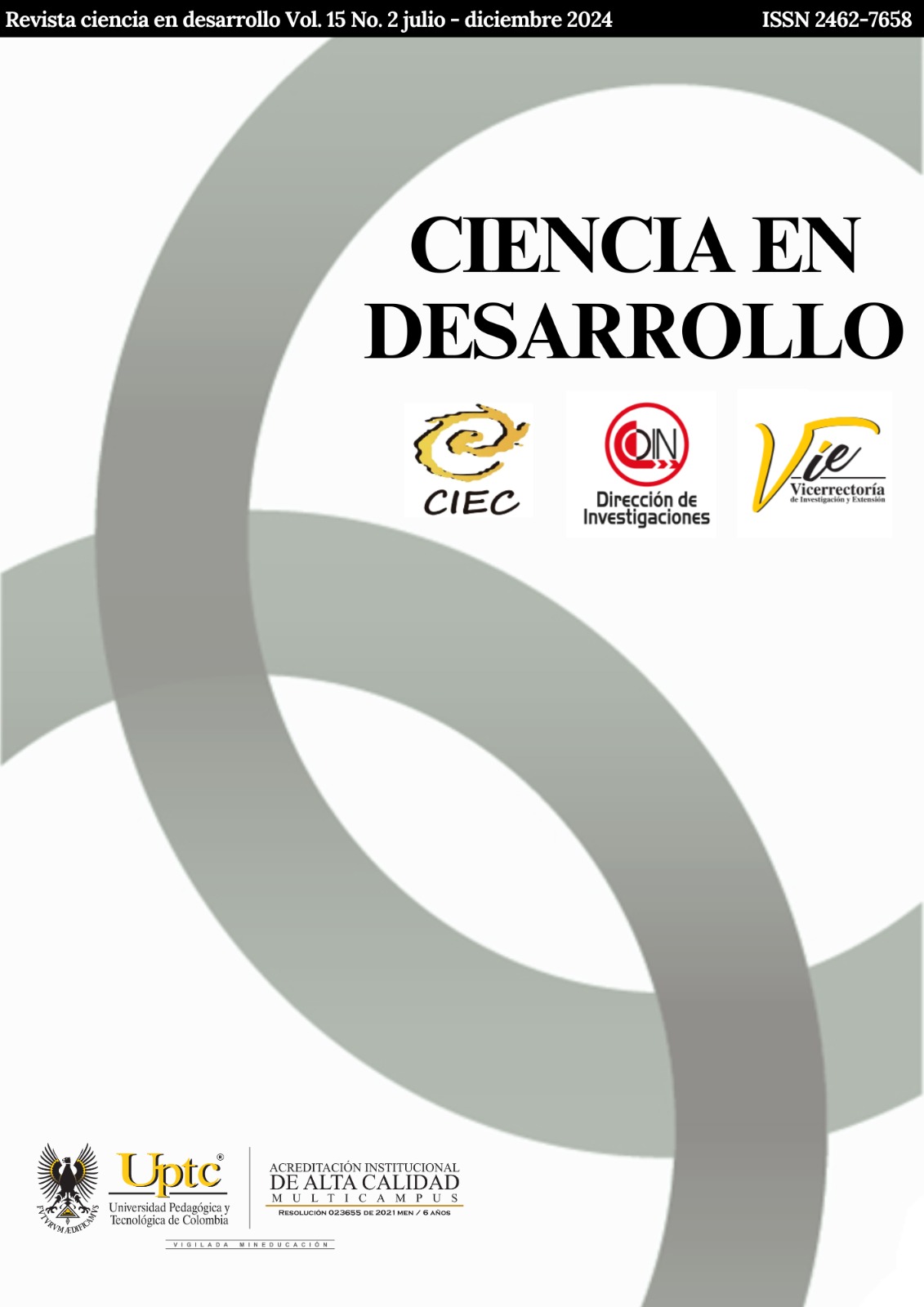Jump Function

Abstract
The implicit construction of a strictly increasing function, given on the segment [0; 1] with the set of discontinuity points, coinciding with the set of dyadic rational numbers of the same segment.
Keywords
Increasing function, total jump, points of discontinuity, lateral limits, jump function
References
- V. I. Bogachev and O. G. Smolyanov, Real andfunctional analysis, Spri. Natu. Swit., Vol. 4, 2020.
- Capi ́nski and E. Kopp, Measure, Integral and Probability, Springer-Verlag, Edi. 2, 2004.
- Carter and B. V. Brunt, The Lebesgue-Stieltjes integral, Spri. Scie. Busi. Medi.,2000.
- H. Cramér, Mathematical methods of statistics, Prin. Univ. Pres., Edi. 9, 2016.
- P. Embrechts, M. Hofert, ".A note on generalized inverses", Mathematical Methods of Operations Research, vol. 77, no, 3, pp. 423-
- , 2013.
- N. Falkner, G. Teschl, ".On the substitution rule for Lebesgue-Stieltjes integrals", Expositiones Mathematicae, vol. 30, no. 4, pp, 412-418, 2012.
- G. Fayolle, M. Krikun, J. M. Lasgouttes, "Birth and death processes on certain random trees: classification and stationary laws", Probability Theory and Related Fields, vol. 128, no. 3, pp. 386-418, 2004.
- C. Feng, H. Wang, X. M. Tu, J. Kowalski, ".A Note on Generalized Inverses of Distribution Function and Quantile Transformation",
- Applied Mathematics, Vol. 3, no. 12A, pp. 2098-2100, 2012.
- S. Gentili, Measure, integration and a primer on probability theory, Spri. Natu. Swit.,Vol. 1, 2020.
- A. M. Haghighi and I. Wickramasinghe, Probability, Statistics, and stochastic processes for engineers and scientists,Taylor and
- Francis Group, 2021.
- T. Hawkins, Lebesgue’s Theory of Integration: Its Origins and Development, Chelsea Pub. Co, Edi. 2, 1975.
- F. C. Klebaner, Introduction to stochastic calculus with applications, Imp. Col. Pres., Edi. 3, 2012.
- E. P. Klement, R. Mesiar "Quasi and pseudo-inverses of monotone functions, and the construction of t-norms", Elsevier, Fuzzy
- Sets and Systems vol. 104, no. 1, pp 3-13, 1999.
- A. N. Kolmogorov and S. V. Fomin, Introductorr real analysis, R. A. Silverman, Dove. publ. New York, 1975.
- J. K. Peterson, Basic Analysis IV: Measure Theory and Integration, CRC Press, Edi. 1, 2021.
- P. E. Pfeiffer, Probability for applications, Spri. Verl. New York Incm, 1990.
- V. S. Pugachev and I. N. Sinitsyn, Lectures on functional analysis and applications, I.V. Sinitsvna, Worl. Scie. Publ. Comp, Edi. 1, 1999.
- H. L. Royden and P. M. Fitzpatrick, Real analysis, Pren. Hall, Edi. 4, 2010.
- R. Serfling, "Quantile functions for multivariate analysis: approaches and applications", Statistica Neerlandica, Vol. 56, no. 2, pp.
- -232, 2002.
- P. Vicenik, .Anote to a construction of t-norms based on pseudo-inverses of monotone functions", Elsevier, Fuzzy Sets and Systems
- vol. 104, no. 1, pp 15-18, 1999.
- A. J. Weir, Lebesgue integration and measue, Camb. Univ. Pres., 1973.
- R. L. Wheeden and A. Zygmund, Measure and integral. An Introduction to Real Analysis, Taylor and Francis, Edi. 2, 2015.
- J. Yeh, Real analysis theory of measure and integration, World. Scie. Publ. Co., Edi. 3, 2014.
Downloads
Download data is not yet available.